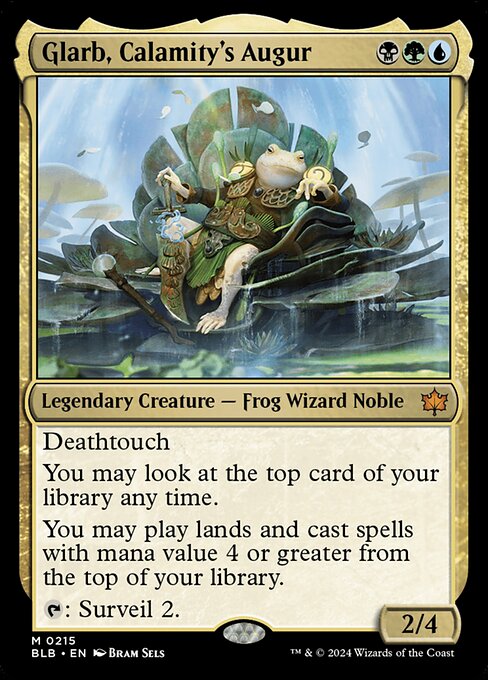Deck & Commander Strategies
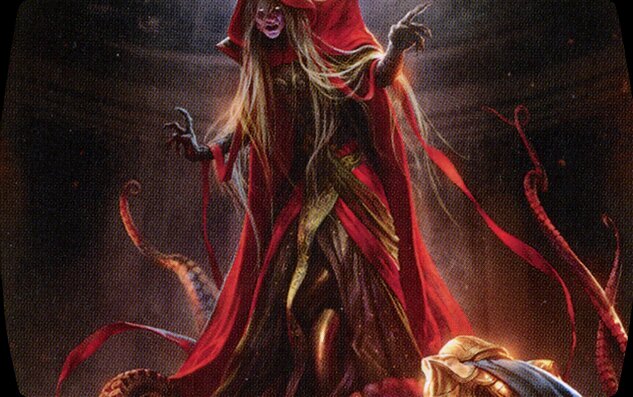
Dihada, Binder of Wills
Focuses on generating treasure tokens through its ability to exile cards and create treasures when non-legendary cards hit the graveyard, enabling explosive mana ramp and value engines. It leverages delirium for additional triggers and aims to overwhelm opponents with resource advantage.

Glarb, Calamity's Augur
Utilizes surveil to filter through the deck consistently, setting up draws and graveyard interactions. The deck aims to maintain card advantage and control the game through efficient spells while preparing late-game win conditions.
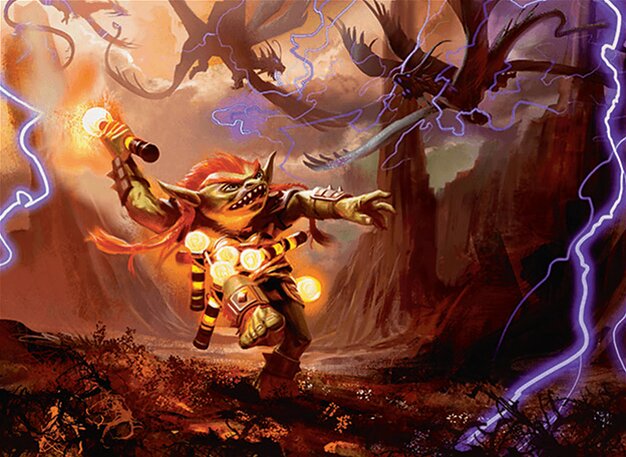

Vial Smasher the Fierce & Thrasios, Triton Hero (Foul Pod)
Combines powerful mana acceleration with disruption and recursion. The deck uses artifact synergy, spells with damage triggers, and recursion spells like Dread Return to maintain pressure and control the board.

Etali, Primal Conqueror
A high-impact aggressive deck that uses Etali’s ability to attack and cast spells from opponents’ decks, aiming to gain tempo and card advantage through combat damage, backed by direct damage spells and ramp.
Gameplay Insights
- 1
Effective use of Dihada’s minus ability to exile cards and generate multiple treasures accelerated mana production crucial for casting high-impact spells.
- 2
The Foul Pod player used recursion spells like Dread Return combined with haste creatures to attempt explosive board presence, but timely counterspells prevented the full combo.
- 3
Sacrificing treasures to Bane of Progress negated important artifacts and enchantments, demonstrating the utility of sacrificing resources to maintain board control.
- 4
Surveil triggers from Glarb allowed precise deck manipulation, improving draw quality and enabling better responses to opponents’ plays.
- 5
Deadly Rollick was a pivotal removal that eliminated the Etali player, significantly altering the board state and reducing threats.
- 6
Players carefully managed their life totals while balancing aggression and defense, showing the tightrope walk typical in competitive EDH.
Notable Cards
-
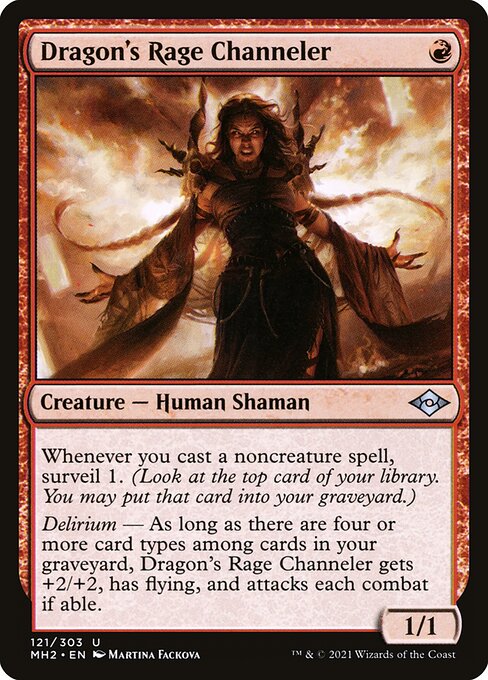
Dragon's Rage Channeler
-
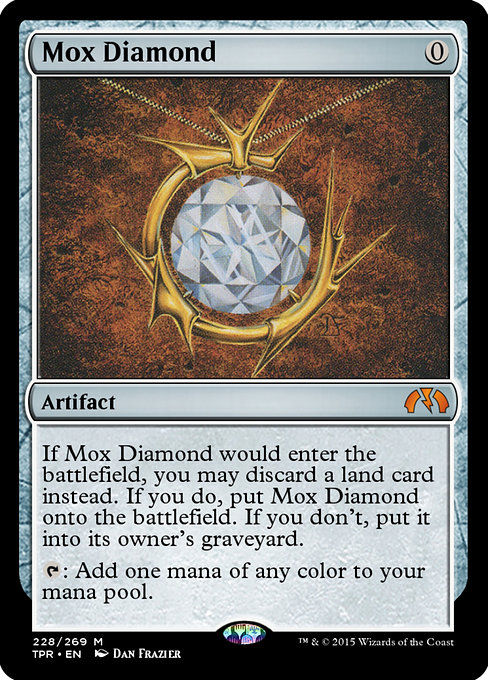
Mox Diamond
-
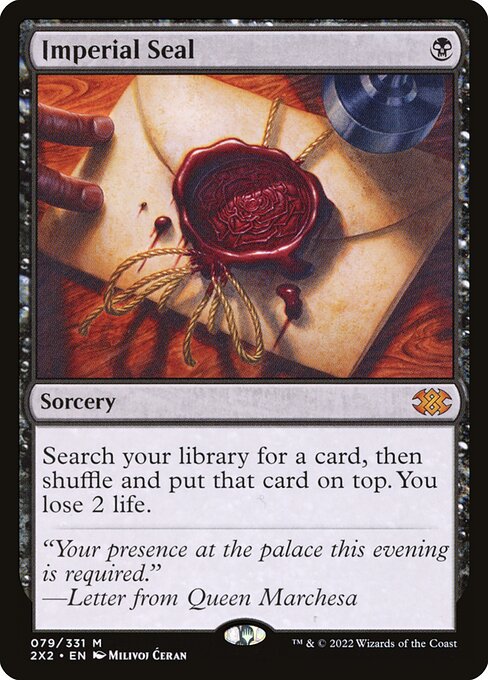
Imperial Seal
-

Fierce Guardianship
-

Deadly Rollick
-
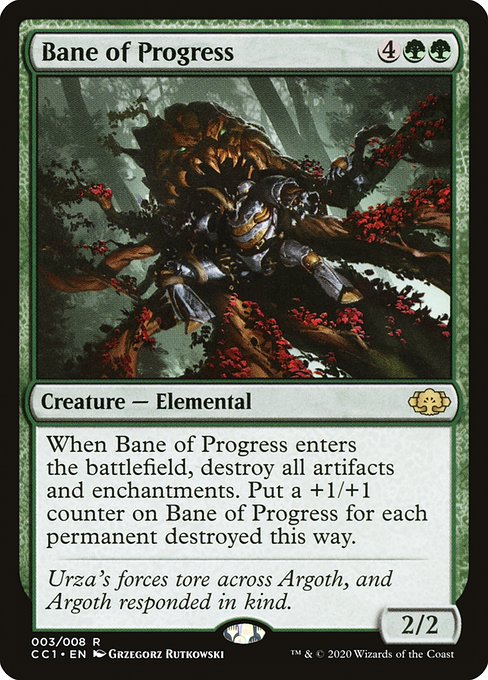
Bane of Progress
-
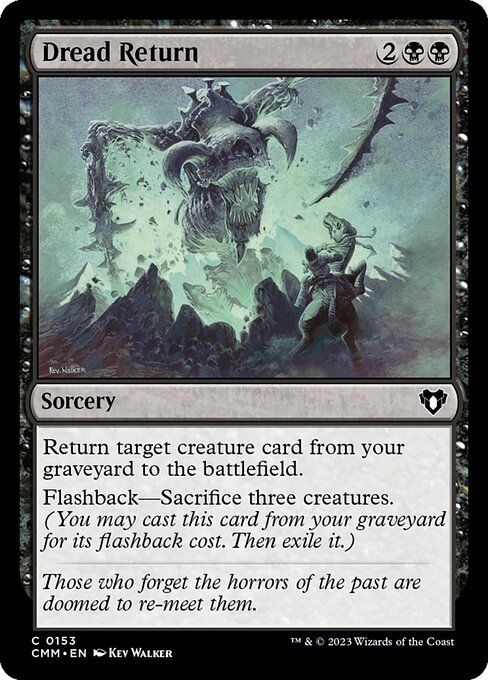
Dread Return
-
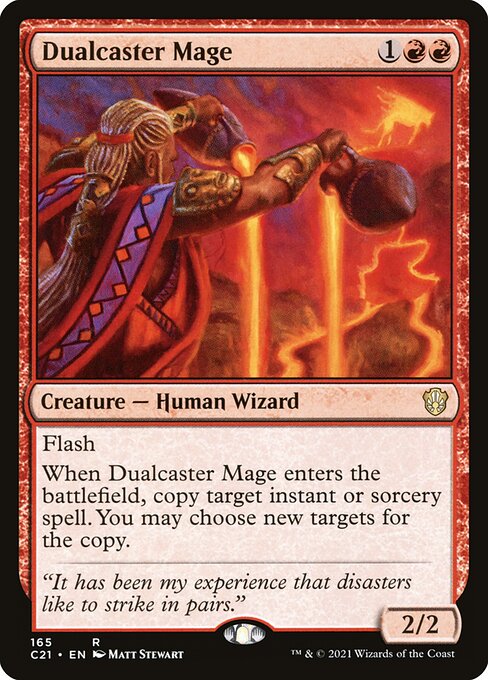
Dualcaster Mage
-

Swan Song
-
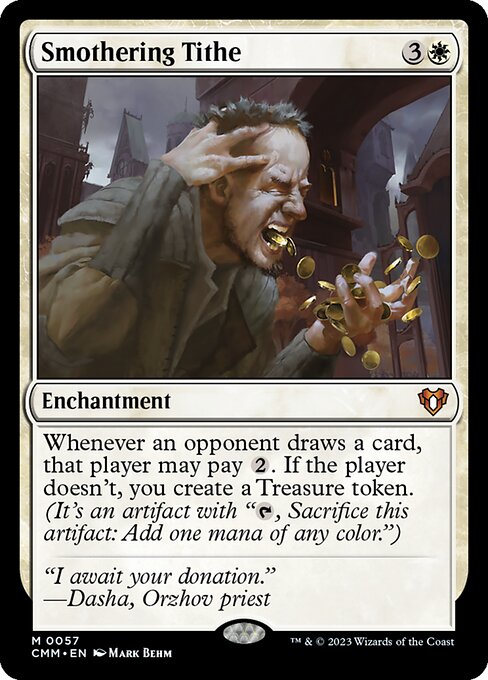
Smothering Tithe
-
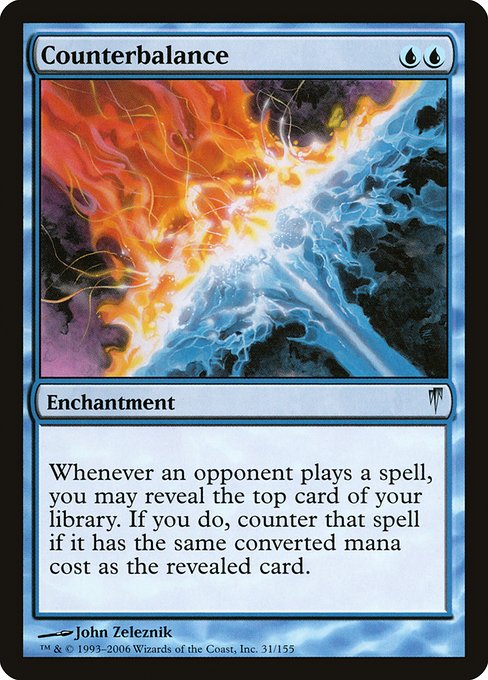
Counterbalance
Gameplay Summary
The game began with each player developing their board and setting up their respective strategies.
Early plays included ramp and disruption like Dragon's Rage Channeler, Mox Diamond, and Hermitry to accelerate into key spells.
Glarb, Calamity's Augur utilized its surveil ability to filter cards and maintain card advantage, while the Vial Smasher and Thrasios deck (Foul Pod) leveraged powerful mana rocks and spells to control the board and pressure opponents.
Dihada, Binder of Wills was aggressively used to generate treasure tokens and leverage delirium for card advantage, creating a strong mana base for explosive plays. As the game progressed, pivotal moments included a well-timed Dread Return and unearthing of Fate Stitcher that aimed to bring back critical creatures, though these were met with counterspells like Fierce Guardianship and Swan Song.
The interaction between Bane of Progress and treasure token sacrifices disrupted opponents' artifacts and enchantments, shifting board control.
The eventual combat exchanges saw players juggling life totals carefully, with lethal damage attempts being blocked or mitigated.
Glarb’s surveil synergy and Dihada’s treasure production created resource advantages, while the Foul Pod deck's recursion and disruption kept opponents in check.
However, a Deadly Rollick eliminated the Etali player, impacting the game's dynamic significantly.
The game demonstrated tight resource management, strategic counterplay, and the importance of timing in cEDH matches.



